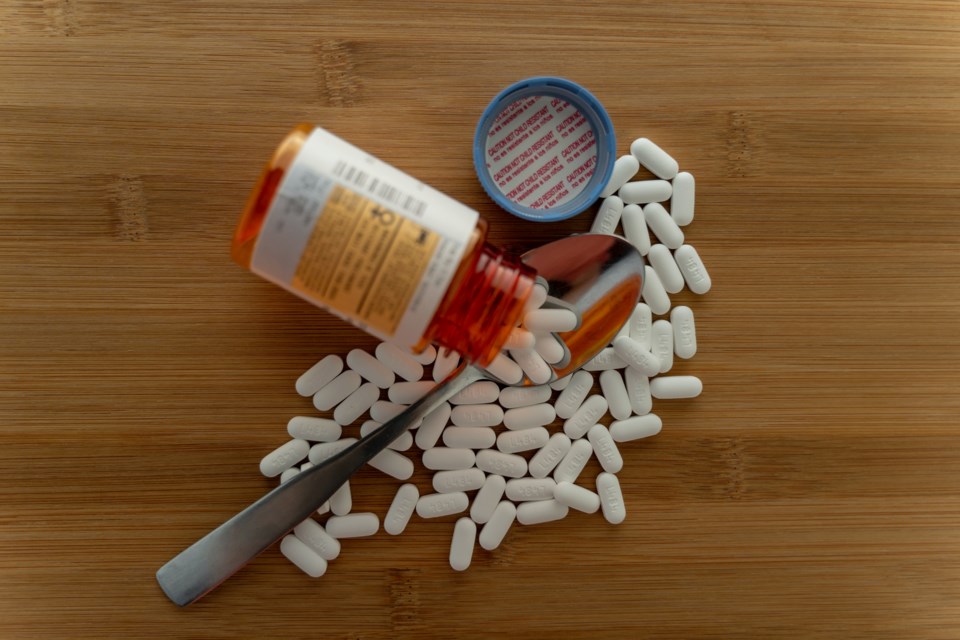The public health manager for the Grey Bruce Health Unit (GBHU) says he would like to see Naloxone kits stocked anywhere there is an automated external defibrillator (AED) machine.
Naloxone is a drug (usually a nasal spray) that can temporarily reverse the effects of an opioid, buying an overdose patient more time to get medical help.
“I would like to see all municipalities, counties, schools, colleges, arenas, beaches, and public spaces have Naloxone available. Anywhere there is an AED machine, there should be Naloxone and EpiPens for allergies,” says Ian Reich, public health manager of population health, sexual health, harm reduction for GBHU.
Opioids are drugs that are usually used to treat severe and/or chronic pain, and can include fentanyl, morphine, heroin, methadone and oxycodone.
Opioid overdoses cause breathing to slow or stop completely. If administered properly, Naloxone can help to restore breathing and regain consciousness in a victim long enough for emergency crews to arrive.
“It is a life-saving tool. If we can easily provide life-saving services to individuals, we should. If you are trained in CPR, you offer it,” Reich says.
August is overdose awareness month and as such GBHU is shining a light on the issue, as well as sharing personal accounts from those who have struggled with addiction.
GBHU tracks opioid-related incidents in the region in two ways – emergency room visits by patients with Grey Bruce postal codes, and visits to emergency departments in Grey Bruce hospitals.
From July 2019 to July 2020, there has been an average of around six emergency department visits due to opioid poisoning per month by Grey Bruce residents.
From July 2019 to July 2020, there has been an average of seven emergency department visits due to opioid poisoning per month in Grey Bruce hospitals.
“There has been a steady increase in opioid overdoses since the early 2000s’,” Reich says. “What we are seeing locally is identical to what we are seeing all throughout Canada and the world.”
According to GBHU, in 2019, Grey Bruce saw 16 opioid-related deaths and there were a total of 1,521 opioid-related deaths across Ontario.
Reich says street drugs are the main culprit, however, prescription drugs shouldn’t be underestimated as they can often lead to accidental overdoses.
“We must also understand that accidental ingestion of opioid medication happens. Anyone that has opioid medication at home should also ask for a Naloxone kit,” he said.
Last year, GBHU dispensed 1,869 Naloxone kits directly from public health units and 148 were dispensed through expansion sites.
Naloxone kits are available for free at most local pharmacies and do not require a prescription.
Pharmacists will provide training on how to use the kit at the time of pickup.
GBHU has created an online map of pharmacies and community organizations that offer free kits to the public.
“You never know when you may be in a position to save a life,” Reich adds.
